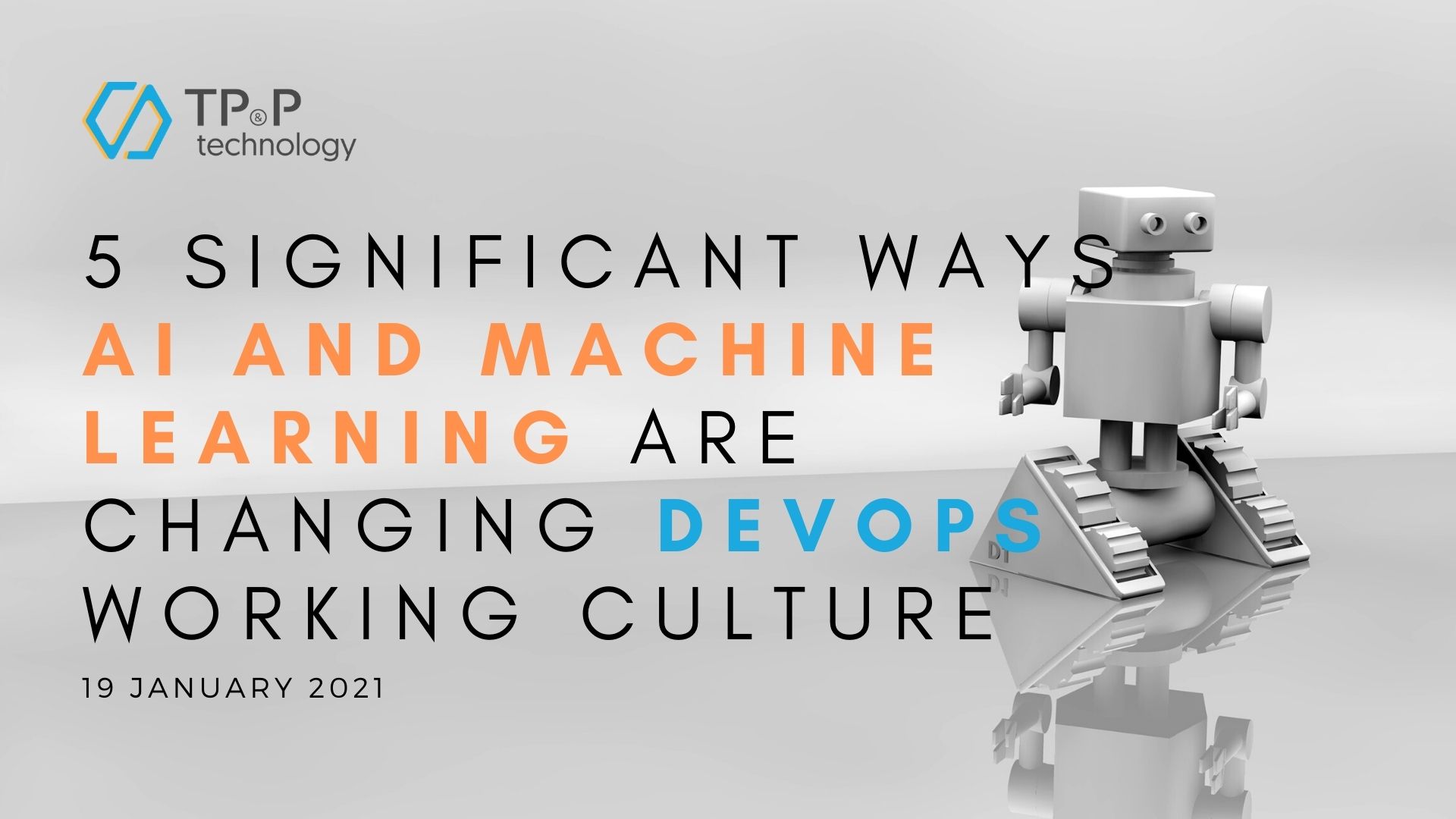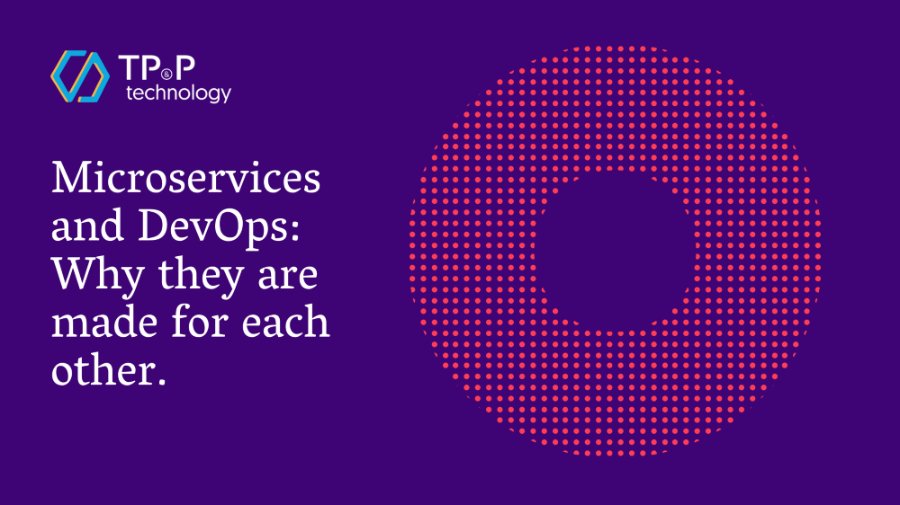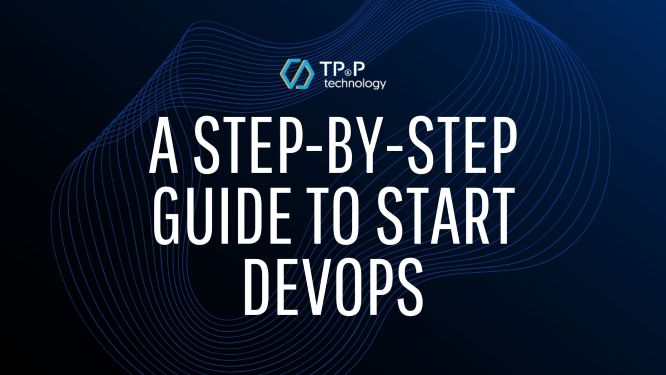
A Step-by-step Guide To Start DevOps
In our previous article, we have already mentioned why DevOps is a breadwinner in digital transformation. If you think about starting DevOps, you need a structured approach to help you deal with this project. And here, we provide you with a step-by-step guide to start DevOps.
Although most companies have a strong and experienced team of software developers and system administrators who understand the software development life cycle and IT operations, they still need advice about how to proceed with this brand new departure.
This guideline is based on the structured approach that developers often use to deal with large and complicated projects: defining problems, planning, building, checking solutions, and modifying solutions. There are seven key steps to getting started with DevOps range from planning through tool selection, automation, project testing, and ongoing learning opportunities.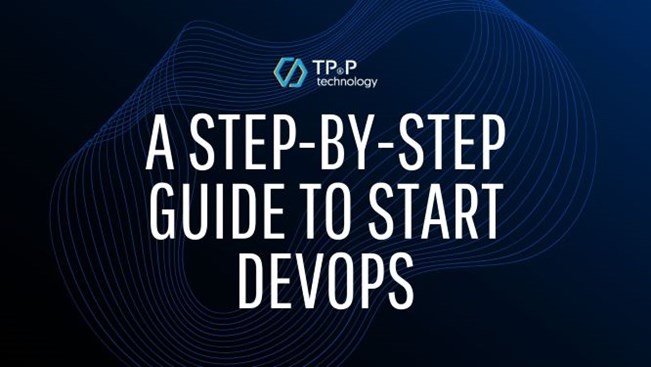
1. Create a DevOps roadmap
The first step of implementing DevOps is to create a transformation roadmap. The plan should indicate how to start with DevOps in a step-by-step format. The purpose of this roadmap is to allow organizations to prepare for work ahead of time.
Publishing the roadmap and any related documents in a central location where the content is accessible to stakeholders and team members. For instance, Microsoft PowerPoint and Google Slides can be used to document the roadmap, these slides can be published later on to the company’s collaboration platform.
Ensure that you have already included enough information to make the roadmap easy to understand without the presenter. Stakeholders can view the roadmap and ask questions about their role in the project delivery process. As the IT team makes a change, they can see the next steps in the transition. Anyone can ask questions and provide feedback on the route. There are no confidentiality or secrets, which can help quell the rumors.
A DevOps migration roadmap is not a one-time project. As a business leader, you should be prepared to update the content as your business advances on its journey.
2. Select the DevOps toolchain
No matter what automation software or repository management salesperson says, you can’t buy DevOps. Although DevOps is not just about technology, choosing the right toolchain is important to get started with DevOps. Tool selection is critical, considering developers’ demands and requirements as well as integrations and technology stacks.
Selecting and configuring a DevOps toolchain also requires licensing and security exercises. For cloud-based toolchains, organizations must create a distributed model of spending and currency across all cloud service providers and toolchain providers. DevOps toolchain can be a vector of MitM (man-in-the-middle) attack and similar attacks. Joining the security team during the validation and deployment phase of the new toolchain.
IT service providers should take a pilot project approach when choosing DevOps toolchains, where the internal team works with potential professional service companies and tool providers to implement a combination of the right tools that meet the delivery requirements via training and then a manageable first project.
3. Implement culture change tools and strategies
There is a comfort to some degree in the status quo for certain types of developer personalities. DevOps can break some organizational and political power structures when developers gain power in the distribution process. To address these challenges, deploy tools and strategies that drive cultural change in the areas of business that will experience the most change.
To deploy tools for DevOps culture, here are five steps to take:
- Open a new DevOps toolchain for development, operations, and security teams.
- DevOps training workshop for development and operations teams in which they can learn about the skills needed to use the new toolchain.
- Capture and define collaboration strategies between developers, operations, QA, and the workflow security team.
- Educate stakeholders and business units on DevOps concepts so employees outside of the IT department can learn new ways to interact with development and new expectations for product development.
- Write an internal process document in which indicates all DevOps processes. Publish these documents to a central repository for easy updates (Wiki is a good platform).
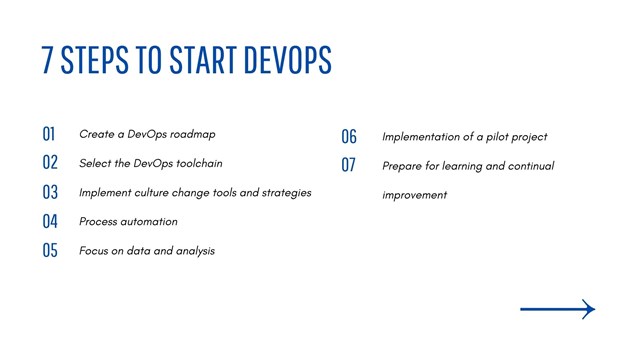
4. Process automation
The automation outlook can be daunting in some corporate environments. To eliminate this fear, consider a transparent, step-by-step approach to DevOps automation.
Set automation goals based on priorities. Automating all processes at once is not practical or viable for all organizations. For example, when starting an automated test, focus on testing software first, then focus on security testing. Although automated testing cannot replace the expertise of human testers, a step-by-step approach allows organizations to show how automation can improve employee competency.
This approach allows IT managers to work directly with teams who can feel the change caused by task automation. You can use this opportunity to explain the business reasoning and align your work with automation.
5. Focus on data and analysis
Modern DevOps tools enable IT teams, to mine actionable data in the toolchain. Mining data is indispensable to the success of DevOps as it transforms the way IT teams communicate with stakeholders and departments.
Set up dashboard reporting for stakeholders so that project managers don't have to manually generate management reports. Inform stakeholders about the dashboard and how to provide feedback to the DevOps team on the data they get. The "dashboard first, ask later" mindset may require some cultural adjustment, especially in management.
6. Implementation of a pilot project
With DevOps pilot projects, teams and stakeholders can bring new tools and processes to start on smaller projects. A general mindset is to minimize the risk if problems arise by choosing an internal project with which the client is not involved. Clients who are willing and paying for the project will increase their own rate in the team and project. On the other hand, using client collaboration as part of the project allows DevOps teams to get objective feedback from outsiders.
7. Prepare for learning and continual improvement
There is no traditional final step in the process of getting started with DevOps. Just as software follows a continuous integration/distribution process, so do DevOps tools and processes. Over time, your team will learn lessons about how to do better. These lessons must go back to organizational strategy. The new hires will bring new perspectives and experiences from past employers and projects. Certainly, the teams will want to bring some of their knowledge and expertise into a DevOps framework.
Side Note
Because DevOps can significantly increase the efficiency and productivity of any IT department, it is essential to start your DevOps project now. As a top Vietnamese offshore software development company, we offer DevOps consulting services that can bring you a new working culture and increase the working efficiency within the company.


